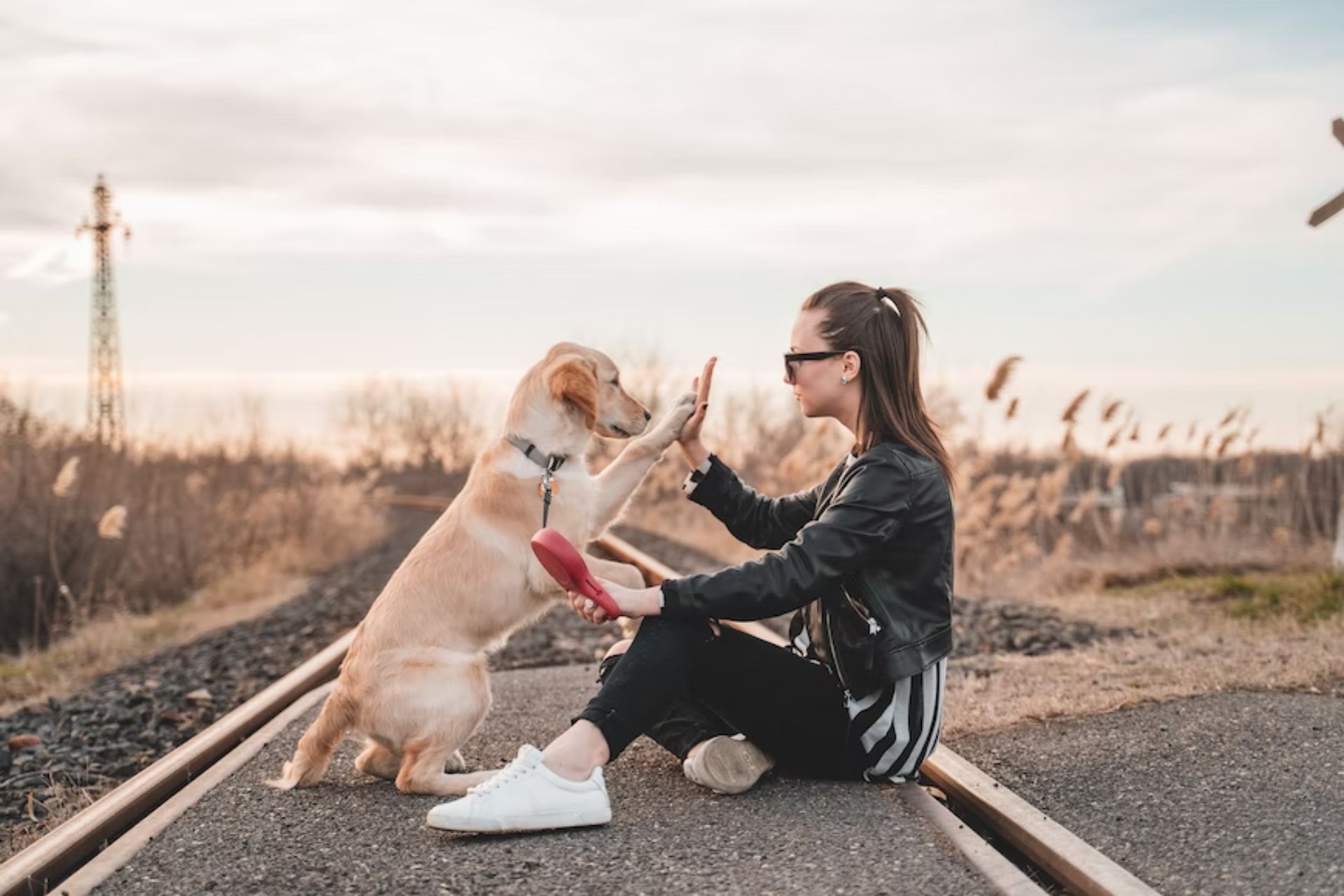
Body + Mind is reader-supported. We may earn an affiliate commission when you buy through some of the links on our site.
Having a dog that doesn’t like to be left alone can hinder your lifestyle. Separation anxiety in dogs can range anywhere from light to severe, making it difficult to leave the house at all. Still, you don’t want to promote your pup’s fear or make them feel insecure in their relationship with you. Just as humans might have anxiety about money or relationships, dogs can have anxiety about their owners leaving them. Luckily, there are things you can do to ease your dog’s mind.
Some dogs are receptive to counterconditioning, which helps dogs associate a more positive feeling with something that upset them. You have to expose them to their trigger slowly, so they don’t have a worse adverse reaction. If your dog seems uncomfortable when you practice counterconditioning, you may want to stop to prevent further anxiety.
Counterconditioning is easiest with food. They might learn that whenever you step out of the house for a bit, they could get an interactive puzzle toy containing treats or peanut butter. You might reward them with treats when you leave and when you come back, so they always have something to look forward to.
You can show your dog that they don’t need to fear you going outside by letting them explore the world around them, too. Take them for a long walk, far beyond what you normally take them on, to teach them more about the area they live in. Walking your dog is beneficial for both humans and canines, as it can keep both of you healthy and happy. You’ll be building a healthy lifestyle for both of you while demonstrating that the front door isn’t something to be feared.
You should never punish your dog for reacting negatively to their separation anxiety triggers. When your dog displays adverse reactions to you potentially leaving them, you need to reassure them that you’ll be back. They may not have a way of knowing that you plan to come back, so they could just be reacting normally. When they behave well, give them positive reinforcement. Negative reinforcement or punishment will only make it harder for both of you to get past this obstacle.
Physical activity is great at relieving anxiety in humans, and it might be able to do the same for your dog. Tiring your pup out before you go somewhere might be the best way to ensure that they sleep through most of the time you’re gone rather than pace around anxiously or be destructive.
Around 150 minutes of walking per week is enough to keep your dog satisfied, but if you want to take your dog on longer excursions, you should. Just make sure both of you can handle it. If you ensure your dog is getting enough physical activity to tire them out each day, they may have an easier time separating from you.
Dogs should never view crates as a punishment. Many dogs enjoy their crates and see it as a sort of “bedroom” that’s fully safe for them. If your dog is particularly destructive when you leave the house, crating might be the best option to keep both your dog and home safe.
Make sure to introduce the crate to your dog slowly. You want a crate big enough to ensure that your dog feels like they have enough space. You can start feeding them breakfast in their crate to help them associate it with a good experience. Make sure to make it comfortable for them so they’ll see it as a safe haven.
In some cases of severe separation anxiety in dogs, you may have to turn to medication to help them get through the hours without you. About 80% of dogs experience separation anxiety when they’re left alone. Not every case is severe enough to warrant medication, but if you think there’s no other alternative, you may talk to your veterinarian about trying it out with your dog.
Unfortunately, separation anxiety in dogs is all too common. When your best friend is plagued with fear of abandonment whenever you leave them, you want to do whatever you can to relieve some of their stress. These techniques are some of the best ones you can try to help ease your dog out of separation anxiety. Just remember to be patient — this fear may have come out of nowhere, but it’s very real to your dog. Show them unconditional love, and with time, you may be able to grow past this obstacle together.
Your email address will only be used to send you our newsletter, and at any time you may unsubscribe. For more information, see our Privacy Policy.